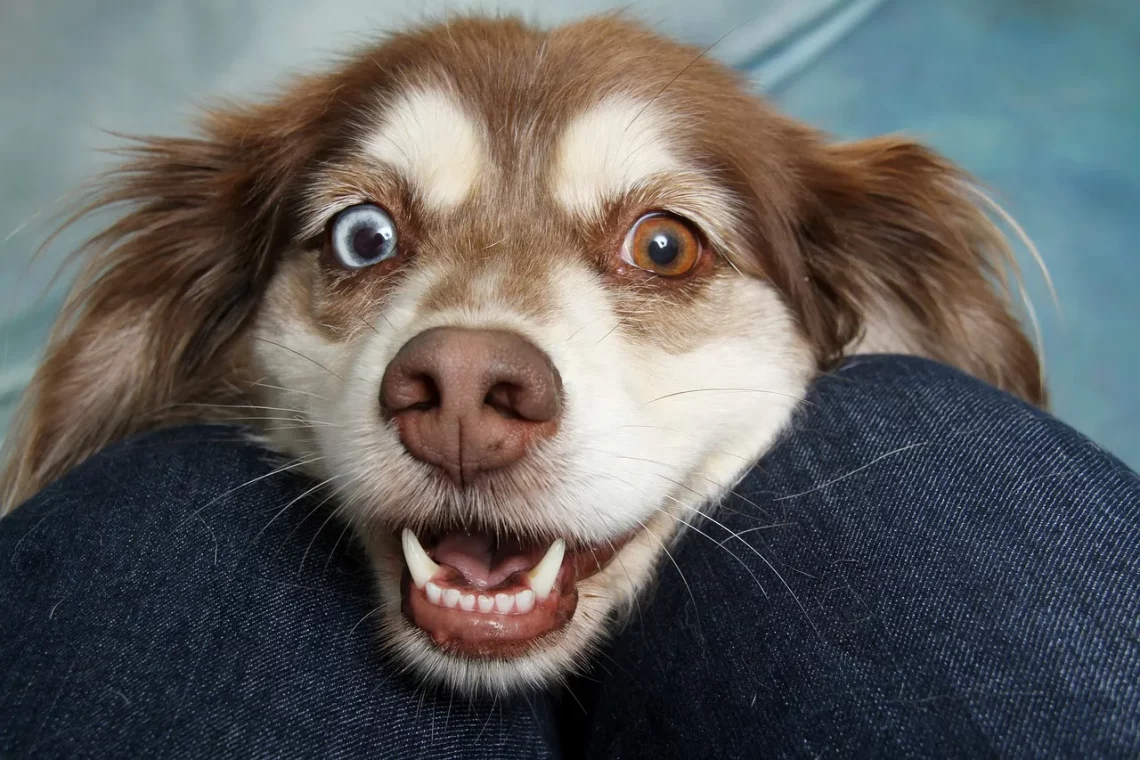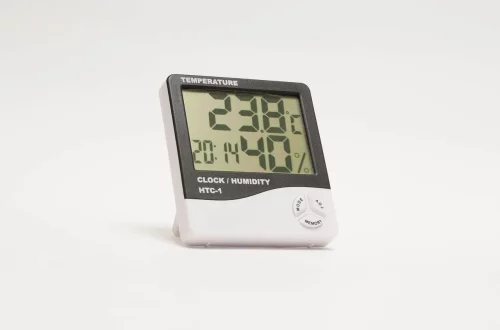
How to Care for Your Dog’s Cut Foot Pad Effectively
Caring for your dog is a rewarding yet sometimes challenging responsibility. Dogs, being naturally active and curious, often find themselves in situations where they may get injured, particularly their paw pads. Cuts on a dog’s foot pad can be concerning for pet owners, as these injuries can lead to discomfort and complications if not addressed promptly. The foot pads act as a protective barrier, absorbing shock and providing traction; when they are damaged, it can hinder the dog’s mobility and overall quality of life.
Understanding how to effectively care for your dog’s cut foot pad is essential in ensuring a swift recovery and preventing further issues. Dogs may exhibit signs of distress, such as limping or reluctance to walk, which should alert you to the possibility of an injury. Immediate and appropriate care can make a significant difference in your dog’s healing process. In this article, we will delve into the proper steps to take when dealing with a cut foot pad, the importance of hygiene, and how to monitor your pet’s recovery. By being proactive and informed, you can help your furry friend bounce back to their playful self in no time.
Assessing the Severity of the Injury
Before taking any action, it’s crucial to assess the severity of the cut on your dog’s foot pad. Not all injuries are the same; some might be superficial while others can be deep and more serious. Start by examining the affected paw closely. Look for signs of bleeding, swelling, or any foreign objects lodged in the cut. A minor cut may only bleed slightly and can often be treated at home. However, if you notice excessive bleeding, a deep wound, or if the cut does not stop bleeding after a few minutes of applying pressure, it is important to seek veterinary assistance immediately.
Additionally, observe your dog’s behavior. Are they in pain? Are they licking or biting at the injured area? Painful cuts may cause your dog to act differently, so pay attention to any changes in their demeanor. If your dog appears to be in significant distress, it may be time to consult a veterinarian regardless of the visible severity of the cut.
If the injury seems manageable, gently clean the area with mild soap and warm water. This helps remove dirt and debris, minimizing the risk of infection. Use a soft cloth or gauze to avoid further irritating the wound. After cleaning, dry the area carefully and inspect it again. If the cut is superficial, you might be able to treat it at home. However, if you see signs of infection, such as redness or discharge, you should contact your vet for further evaluation.
First Aid Steps for a Cut Paw Pad
Once you have assessed the injury, it’s time to take appropriate first aid steps. First and foremost, it’s essential to keep your dog calm during this process. You can do this by speaking softly to them and ensuring they feel secure. Begin by immobilizing the affected paw gently. You can wrap it in a clean cloth or use a soft bandage, but make sure it’s not too tight, as this can restrict blood flow.
Next, if the cut is bleeding, apply gentle pressure with a clean cloth or gauze for a few minutes until the bleeding stops. If the bleeding persists, you may need to apply more pressure or elevate the paw above the level of the heart, which can help reduce blood flow to the area.
After the bleeding has stopped, clean the wound again with a saline solution or antiseptic designed for use on pets. Avoid using hydrogen peroxide or alcohol, as these can be too harsh and may delay healing. Once the area is clean, apply a pet-safe antibiotic ointment to help prevent infection.
If the cut is deep or if you are unsure about how to proceed, it is always best to consult with your veterinarian. They may recommend stitches or other treatments to ensure proper healing. Keep an eye on the injury over the next few days and watch for any signs of infection, such as increased swelling, redness, or discharge.
Preventing Future Injuries
Prevention is always better than cure, especially when it comes to your dog’s health. To reduce the chances of your dog experiencing cuts on their foot pads in the future, consider the following preventive measures.
First, be mindful of where you take your dog for walks or playtime. Avoid areas with sharp objects, broken glass, or rough surfaces that could potentially injure their paws. Opt for well-maintained parks or grassy areas that provide a safer environment for your furry friend.
Moreover, regular paw inspections are crucial. Make it a habit to check your dog’s paws for any signs of wear and tear, especially after walks or outdoor activities. Look for cracks, cuts, or anything unusual that might require attention. Keeping your dog’s nails trimmed can also help prevent injuries; long nails can lead to improper footing and increase the risk of cuts.
Additionally, consider using protective booties for your dog, especially in harsh weather conditions or rugged terrains. These can act as a barrier against sharp objects, hot pavement, or icy surfaces that could harm their paws.
Lastly, maintaining overall paw health is important. Regular grooming, including brushing and cleaning between the toes, can help avoid infections and other paw-related issues. If you notice any persistent problems with your dog’s paws, consult your veterinarian for guidance.
Monitoring Recovery and When to Seek Help
After administering first aid, monitoring your dog’s recovery is vital. Keep the injured paw clean and dry, and prevent your dog from licking or chewing at the wound. You may need to use an Elizabethan collar or a protective boot to ensure they do not irritate the area further.
Observe your dog’s behavior closely during the healing process. Are they using the affected paw less frequently? Are they showing signs of pain or discomfort? If they seem to be limping or avoiding putting weight on the paw, it’s essential to revisit the veterinarian for a follow-up.
Additionally, be cautious with the healing process. If you notice any changes that concern you, such as a sudden increase in swelling, discharge, or a foul smell coming from the wound, don’t hesitate to seek veterinary assistance. Sometimes infections can develop even after a seemingly minor injury, so being vigilant is key.
Remember that every dog is different, and their recovery time may vary. While some dogs may heal quickly, others might take longer. Patience and proper care are crucial during this time.
If you notice that your dog is still experiencing pain or if the cut does not seem to be healing after a week or so, again, it’s best to consult your veterinarian. They can offer additional treatments, such as pain relief or a more thorough examination, to ensure your dog recovers fully.
**Disclaimer:** This article is meant for informational purposes only and should not be considered medical advice. Always consult a veterinarian for any health concerns regarding your pet.




